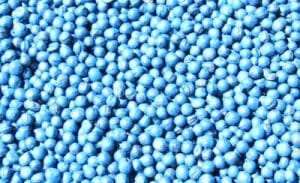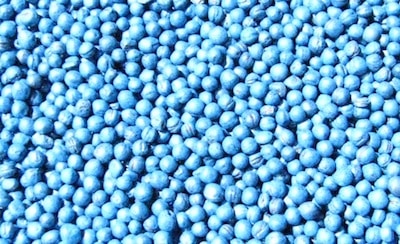Seed size, given as thousand seed weight (TSW) in grams, will influence the seeding rate required to achieve a target stand. Use the tools at canolacalculator.ca to find the seeding rate (in lb./ac.) based on seed size, target stand and estimated emergence percentage.
BASF inspired a new conversation about seed size with its InVigor RATE packaging system, which changes the standard 50-pound bag to a seeds-per-bag approach based on four different thousand seed weight (TSW) ranges. Starting in 2020, each bag of InVigor canola seed will seed 10 acres based on its TSW range and the recommended target stand and seeding rate. The optimum seeding rate for InVigor varieties is 10 seeds per square root, which should give you 5 to 7 successful plants per square foot at harvest. This is consistent with CCC recommendations for target plant density of 5 to 8 plants per square foot at emergence.
Is bigger seed better?
An AAFC study “Seed size and seeding rate effects on canola emergence, development, yield and seed weight” (2014) led by Neil Harker concluded that seed size (TSW) did not have any significant effect on emergence, yield or seed quality. The study used one variety of canola screened to segregate different seed sizes from the lot. Preliminary germination tests indicated that germination exceeded 97% for all seed size groupings for this study. The study did show that plants from the larger-seed grouping did have increased early season biomass and their flowering period started and ended a little earlier.
But higher seed density can also increase early season biomass and also increase stubble density at harvest. That same study from Harker concluded that “higher seeding rates also increased early crop biomass, TSW and seed oil content, and reduced days to start of flowering and days to crop maturity.”


